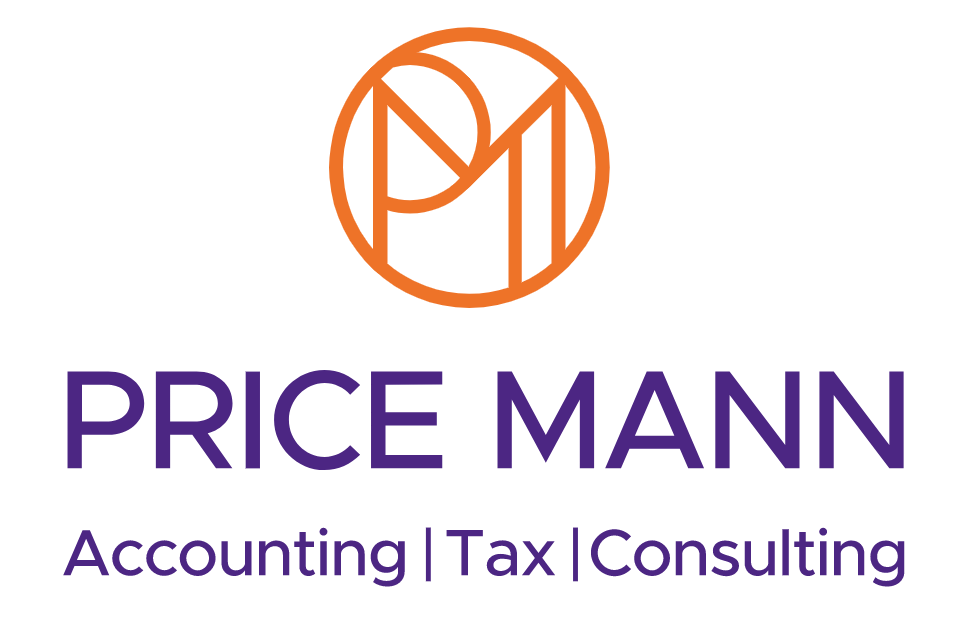Gift relief to non-UK residents
Gift relief to non-UK residents
Gift relief refers to tax relief that is provided to persons who give a gift to another during their life or upon their death.
What to do if the individual is a UK resident but the person who is receiving the gift is not?
There are specific requirements under the Taxation of Chargeable Gains Act 1992. Under s166 TCGA gift relief is denied when the transferee is not a UK resident.
This is a point of exception under s167A. Finance Act 2019 introduces various changes to TCGA 1992. This included the enlargement of the UK CGT net to capture indirect and direct disposals of UK land interests.
S167A was updated as well, it scopes to extend the possible gift relief for disposals to non-UK residents to include indirect and direct disposals of UK land interests.
HMRC has guidance on this topic. This can help you to understand if there could be a relief on all gifts of land and property to non-UK residents, but it is not always the case.
The Conditions that can be applied
S167A would apply in case id any of the following criteria is met:
- The disposal could be made a claim under s165
- The asset disposed of is made to a non-UK resident and corresponds with s1A(3)(b) or (c)
- A gift would be transferred to the transferor ignoring s165
- In case we were assuming that the disposal was indirect or direct disposal by a non-UK resident, the gain would be an appropriate gain ignoring s165
Potential relief is available in case subsequent disposal by the non-UK resident transferee would be within the UK tax net.
In this case, the transferor can be either a UK resident or a non-UK resident making a direct or indirect disposal of UK land.
You should also note that the exception under s167A would still require you to meet the conditions in s165. Gifted assets need to be qualified as business assets.
The effect of the relief
In cases when s167A is applied, the way gift relief is implemented in a slightly different way in comparison to a usual claim made under s165. It will still reduce the transferor’s gain by the amount of held-over gain, but the transferee will receive it at the common market price but with a deferred gain. If a usual holdover claim reduces the consideration that the transferee is supposed to have given and becomes the base cost on consecutive disposal. According to S167A(4) the held-over gain is “frozen” and will crystalise and arise, furthermore to the gain or loss that actually arise, on the following disposal of the asset.
The amount of gain deferred
In the previous version of CG66886, HMRC suggested that the quantity of the deferred gain should not include any gain before the gifted asset becomes the scope of non-resident gains tax in cases when a UK resident gifts the UK property to a non-resident. Although HMRC has changed its point of view on the amount of gain that may be deferred after that FA 2019 has done some updates and has changed the terminology in ns167A from “the chargeable NRCGT gain” to “the relevant gain”.
In the present-day version of CG66886, the full amount of gain may be deferred under s167A when a UK resident is gifting land to a non-resident. However, HMRC does not specify any particular details on how exactly they will apply the legislation. It means that the interpretation of these differences can be different.
Conclusion
Gift relief is not denied by reason of the son being a non-UK resident. You need to ensure that the conditions of s165 are met. Make sure that you ask for advice from qualified professionals.













